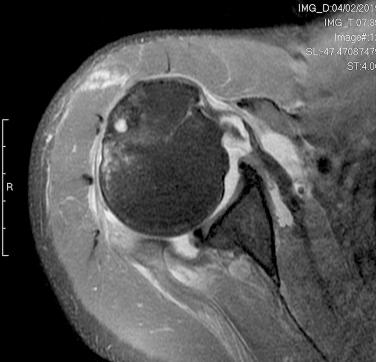Physical Address
304 North Cardinal St.
Dorchester Center, MA 02124
Rotator cuff tears are common causes of shoulder complaints. Arthroscopic rotator cuff repair is an established treatment modality for rotator cuff tears with successful clinical outcomes. Improved repair techniques have been developed to maintain the integrity between the footprint and the tendon. Arthroscopic double-row and suture bridge repair improves the contact area between tendon and footprint and supports the healing at the repaired rotator cuff insertion.
Two rows of anchors are placed in the humeral head. The medial row is located lateral to the articular surface of the humeral head; a second row is placed more laterally. The cuff tendon is then reattached to the footprint using knot-tying (“suture bridge”) or knotless-anchor fixation.
Individuals over 60 years old
Tendon degeneration
Acromial shape III Bigliani with subacromial impingement
Loss of scapular stabilization and muscle imbalance of the rotator cuff and/or the periscapular muscles
Accident
Atrophy of the supraspinatus and/or infraspinatus muscles
Limitation of range of motion
Weakness in active movements
Pain (especially at night) and sleep disturbance
Pseudoparalysis of the shoulder (<90 degrees of active anterior elevation)
X-ray: detection of decentering of the humeral head, osteoarthritis, bony outlet impingement, decreased subacromial space (<7 mm).
Magnetic resonance imaging (MRI): detection of tear pattern, tendon retraction, muscle atrophy, fatty muscle infiltration ( Fig. 22.1 ).

Ultrasound: detection of rotator cuff and biceps integrity.
Physiotherapy (humeral head centralization, strengthening of the periarticular and periscapular muscles)
Analgesic medication
Infiltration
Arthroscopic or open rotator-cuff reconstruction using single- or double-row anchor technique.
Muscle transfer in case of irreparable massive rotator cuff tear.
Reversed endoprosthesis in severe cuff arthropathy.
Diagnostic examination:
Biceps tendon anchor, pulley system, long head of the biceps
Articular and subacromial surface of the supraspinatus and infraspinatus tendon
Rotator cable (crescent-shaped thickening of the rotator tendon fibers)
Humeral head, glenoid, and glenoid labrum
Glenohumeral ligaments (GHL): superior GHL, medial GHL, inferior GHL
Clinically symptomatic rotator cuff tears
Acute traumatic rotator cuff tears
Beach chair position or supine position ( Fig. 22.2A )

Positioning of the patient’s arm in an arm holder (Trimano Arthrex) ( Fig. 22.2B )
Become a Clinical Tree membership for Full access and enjoy Unlimited articles
If you are a member. Log in here